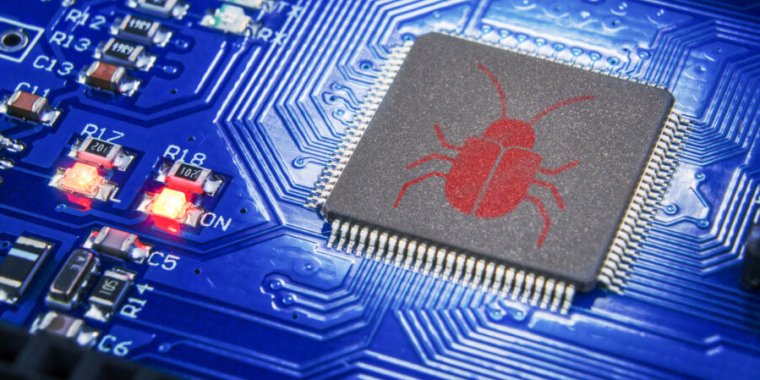TLDR: An AMI testkey was used in production by a bunch of manufacturers. The key has now been leaked.
Is it just me or is tech increasingly breaking down?
It’s not just you (as is with all these kinds of questions). It’s an observable trend. As complexity rises, potential for errors rise.
I don’t think it’s complexity as such, but bad management and/or lack of care in general.
Dollar dollar bills, ya’ll.
The layoffs are finally paying off…
As much “doom and gloom” as the article pushes, I kinda feel that the compromised keys being well known makes detection easier. The malicious binary needs to be signed with one of these keys, this means that there will be very specific structures (e.g. the public key) at well known locations in the file. This is exactly the type of threat which anti-virus is good at detecting. Assuming a network’s security folks aren’t completely asleep at the switch, these attacks should get picked up and blocked pretty fast.
There is a reason attackers spend so much time and effort obfuscating code and keeping files off the disk. While A/V may be a pretty terrible security control and easily bypassed in many cases, watching for files with well known patterns is one of the few things A/V tends to do well.
